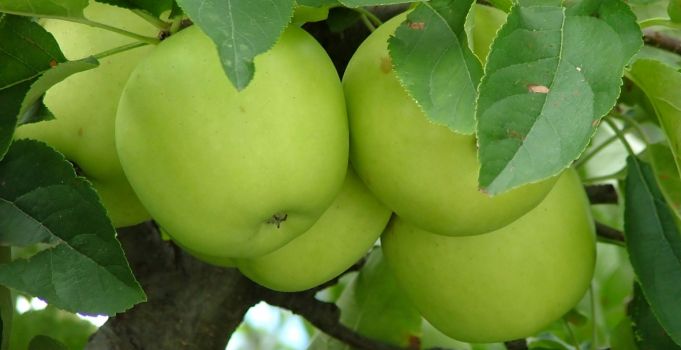We need food to survive, to nourish us and keep us healthy. But where exactly do foods and drinks get their names?
There are countless dishes around the globe with a title on them, but did you ever wonder about the history behind their names?
This week we’re bringing you the story behind Granny Smith apples.
The origin of the Granny Smith is in New South Wales, Australia back in the 1800s.
The apple’s discoverer was Maria Ann Smith, who had emigrated to the country from Beckley, East Sussex in 1838 with her husband Thomas.
The pair purchased a small orchard and began cultivating fruit. Over the years she bore many children and was well known in the area. This resulting in her earning the nickname “Granny Smith.”

Smith’s work in the orchard had been noticed by local planters and following her and her husband’s death, Edward Gallard bought the property. Gallard was successful in marketing the apple locally but it wasn’t recognized globally until the 1890s.
In 1890, at Castle Hill Agricultural and Horticultural Show, the apple was exhibited as “Smith’s Seedling.” The next year it won the prize for cooking apples, this time under the name “Granny Smith Seedling.”
From then on, its popularity grew and the apple continued to feature at many horticultural shows.
Praised for it’s long shelf life, which made the apples suitable for export, Granny Smiths were exported in enormous quantities after the First World War.
These days Granny Smith apples are found all over the world.
And the rest, they say, is history.
Previously:














































